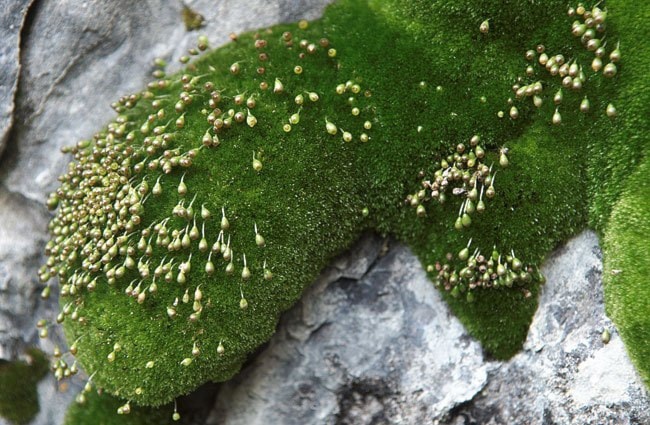Looking for Porsild’s bryum, a rare moss, in the Yukon probably feels a bit like looking for a needle in a haystack.
That’s what Jennifer Doubt spent two weeks doing last month.
She is the curator of the botany section at the Canadian Museum of Nature in Ottawa.
Porsild’s bryum is a picky sort of plant. It prefers the cold, wet faces of seeping limestone cliffs.
There are only five known locations in Canada, and the moss is listed as “threatened” by the Committee on the Status of Endangered Wildlife in Canada.
The moss is named for Morten Porsild, a botanist who worked mostly in Greenland.
While Doubt and her team of scientists didn’t find Porsild’s bryum, they did find his granddaughter.
Ellen Davignon, who has written extensively about growing up at Johnson’s Crossing Lodge, is Morten Porsild’s granddaughter.
Doubt and her team had no idea about this Yukon connection, but they stopped at Johnson’s Crossing looking for cinnamon buns.
Davignon no longer runs the lodge, but happened to be there that day, running the dough mixer.
She had her about the botanists coming to look for her grandfather’s moss on the CBC.
“It’s so random,” said Doubt. “We were just there for cinnamon buns, and we had this chance encounter.
“I wish we could have stayed there all afternoon, but we did sit down with her for a short time and listen to her wonderful stories about her father and about her experience at the lodge and in the bakery.”
Doubt and her team spent two weeks scouring the Yukon for the rare species.
Although it has never been documented here, there are known locations in Alberta and Alaska as well as historical references in parts of the Arctic archipelago.
So it would make sense that there could be Porsild’s bryum in the Yukon, said Doubt.
They spent their time helicoptering into remote locations around Dawson and in the southeast corner of the territory.
There were the inevitable flat tires on the Dempter Highway.
“I felt like I graduated or something when the flat tire light went on for the second and third time,” said Doubt.
The lovely thing about hunting for Porsild’s bryum is that the most promising sites often happen to also be the prettiest.
“The waterfalls are beautiful places to visit, so I felt really lucky to be involved in a project that focused on such picturesque and adventurous sites,” said Doubt.
While the botanists didn’t actually find what they came to look for, that doesn’t mean the case is closed.
“It was a lot of kilometres, but when you look at the map there’s huge areas of the Yukon that we didn’t come close to seeing. So there’s definitely lots of work left to be done.”
And Doubt left the territory with 750 samples of mosses and liverworts the scientists did find on their travels.
It’s too early say what discoveries will be made in those collections. They must be dried thoroughly before they can be identified and classified.
There could be newly discovered species among them.
“Many of the places we have been haven’t been visited by moss specialists so we know that at the very least we’ll be filling in the distributions of known Yukon species, but I would not be surprised at all if we find some new records for the territory,” said Doubt.
Some may wonder why anyone would spend their days examining tiny plants.
But mosses are very important parts of ecosystems, especially in the North, said Doubt.
“The more extreme the climate gets, larger plants are less able to cope and so you find fewer of them, and the really tough plants, like mosses, are the ones that can. So you get these northern and high-elevation ecosystems that are dominated by mosses, and really control what goes on in terms of the other plant and animal life that can survive there.”
Mosses are also pioneers - the first plant life to colonize disturbed environments and provide the food and shelter other plants and animals need to follow suit.
Porsild’s bryum may be very particular about the spots it chooses to make a go of it, but the role the moss plays in that environment should not be underestimated.
“Every species of plant or animal has a role in the ecosystem in which it lives and contributes to the biodiversity that makes ecosystems strong. The loss of any one species diminishes the diversity and weakens the system.”
Contact Jacqueline Ronson at
jronson@yukon-news.com
